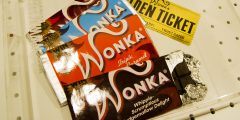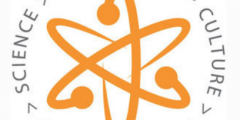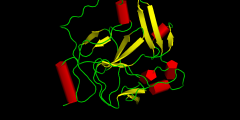Mutation, vaccination, communication
February 4, 2021
It is extremely difficult to keep up with pandemic news at the moment. We are now a year into the Covid-19 pandemic and instead of just running away from the virus through social distancing, we are now engaging in a race with it through vaccination. Whether we will win the race depends on how many …
Vaccines: Between hope and hesitancy
January 30, 2021
I was listening to the BBC Today programme on Saturday morning (30 January, 2020), becoming rather depressed about the current vaccine row, when I heard Nick Robinson talk about something I had wondered about: the absence of happy vaccination cards – a real gap in the greeting cards market. I had used an online card …
Lockdown fatigue: A tale of two discourses
January 22, 2021
A while ago I wrote a brief post on ‘lockdown words’, amongst them ‘lockdown fatigue’. At the time I hadn’t noticed all the other quasi-synonyms, apart from ‘lockdown lethargy’. Over time more words crept past my horizon: behavioural fatigue, pandemic fatigue, isolation fatigue, quarantine fatigue and so on. In the UK, we are now in …
Mutant words
December 19, 2020
I was listening to the BBC Radio 4 Today programme on this sunny morning of the 19th of December when I heard the phrase ‘mutant strain’, used in reference to a new strain of the SARS-CoV-2 virus which is apparently spreading in the South East. My ears twitched of course, as they did with ‘mutant …
Making Science Public 2020: End of year round-up of blog posts
December 18, 2020
The year began quite innocently, with me blogging, for example, about gene drives. What are gene drives? Who cares about them? And so on. This has now turned into: Who cares? 2020 has been steamrolled by one big event: the Covid-19 pandemic. This meant that many of my posts were devoted to it, that is …
Covid anthropology
December 17, 2020
This is just a quick announcement about an open access triple set of special issues of Anthropology in Action about the new coronavirus and the ways we live now, published by Berghahn, London: “Almost one year into the pandemic the ‘no-touch’ world of COVID-19 is transforming our intimate lives, perhaps permanently in many ways. Edited by Andrew …










